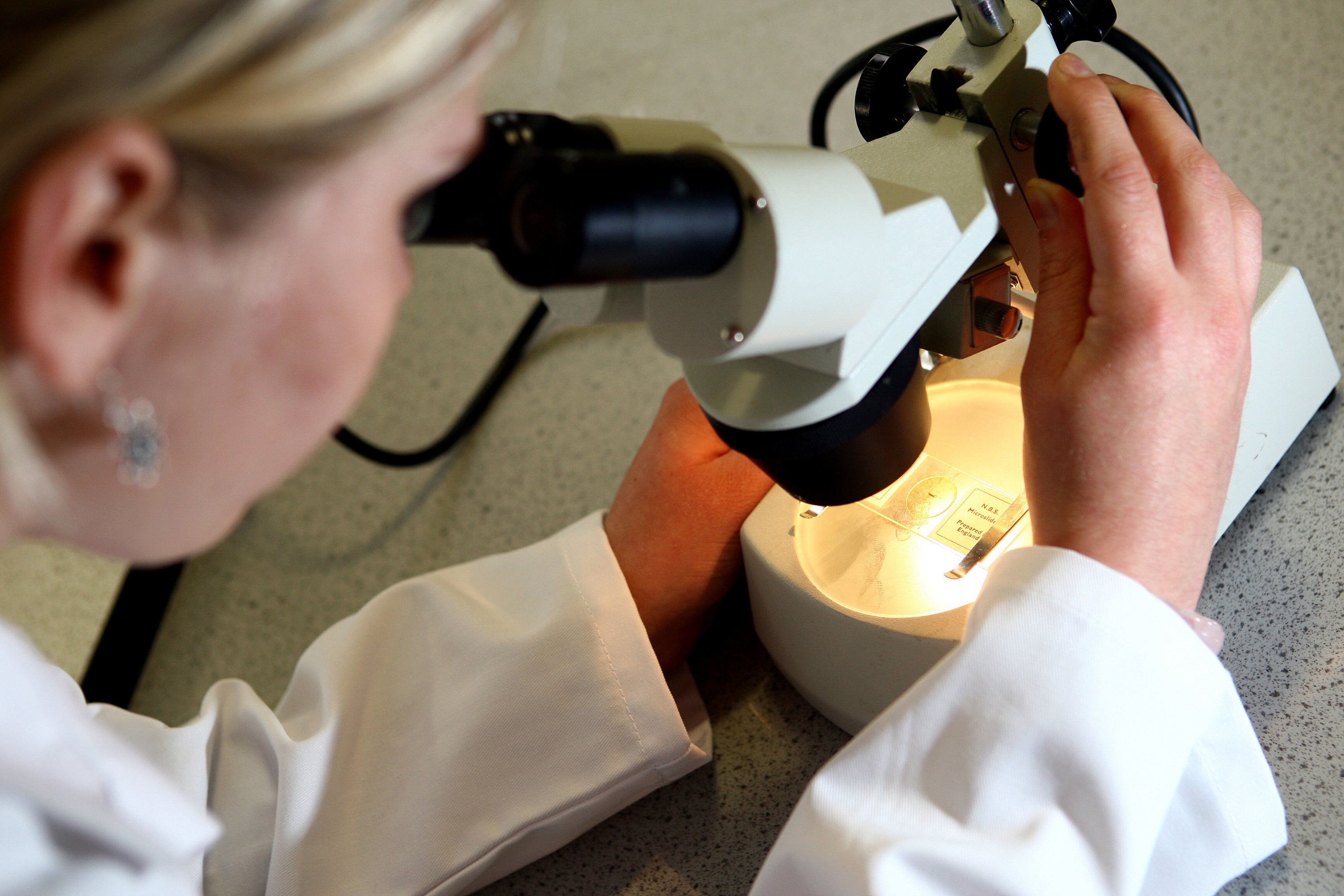Seasonal H1N1 virus ‘may have descended from Spanish flu strain’
The findings are based on the analysis of samples collected in Europe during the 1918 pandemic.

Your support helps us to tell the story
From reproductive rights to climate change to Big Tech, The Independent is on the ground when the story is developing. Whether it's investigating the financials of Elon Musk's pro-Trump PAC or producing our latest documentary, 'The A Word', which shines a light on the American women fighting for reproductive rights, we know how important it is to parse out the facts from the messaging.
At such a critical moment in US history, we need reporters on the ground. Your donation allows us to keep sending journalists to speak to both sides of the story.
The Independent is trusted by Americans across the entire political spectrum. And unlike many other quality news outlets, we choose not to lock Americans out of our reporting and analysis with paywalls. We believe quality journalism should be available to everyone, paid for by those who can afford it.
Your support makes all the difference.The seasonal human flu virus called H1N1 – or swine flu – may have descended from the 1918 Spanish flu strain, new research suggests.
The findings are based on the analysis of samples collected in Europe during the 1918 pandemic, which was the deadliest respiratory pandemic of the 20th century and killed 50-100 million people.
An international research team from Robert Koch Institute, University of Leuven, Charite Berlin and many others revealed more details on the biology of the H1N1 flu virus.
And another thing that we uncovered... is that the subsequent seasonal flu virus that went on circulating after the pandemic might well have directly evolved from the pandemic virus entirely
The team detected mutations in the make-up of the virus that may have helped it better adapt to human hosts.
They also found evidence of a spread of the virus between continents.
Sebastien Calvignac-Spencer and colleagues analysed 13 lung specimens from different individuals stored in historical archives of museums in Germany and Austria, collected between 1901 and 1931.
This included six samples collected in 1918 and 1919.
The authors suggest genetic differences between the samples are consistent with a combination of local transmission and long-distance dispersal events.
They compared genomes from before and after the pandemic’s peak which indicate there is a variation in a specific gene associated with resistance to antiviral responses and could have enabled the virus’ adaptation to humans.
The authors also conducted molecular clock modelling, which allows evolutionary timescales to be estimated, and suggest that all genomic segments of the seasonal H1N1 flu could be directly descended from the initial 1918 pandemic strain.
According to the researchers, this contradicts other hypotheses about how the seasonal flu emerged.
Dr Calvignac-Spencer, said: “Our results in a nutshell show that there was genomic variation during that pandemic.
“And when we interpret it, we detect a clear signal for frequent transcontinental dispersal.
“We also show that there’s not any evidence for lineage replacement between the waves – like we see today with Sars-CoV-2 variants that replace one another.
“And another thing that we uncovered with the sequences and new statistical models is that the subsequent seasonal flu virus that went on circulating after the pandemic might well have directly evolved from the pandemic virus entirely.”
The findings are published in Nature Communications.